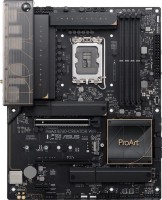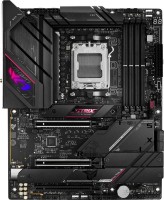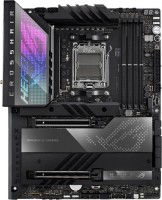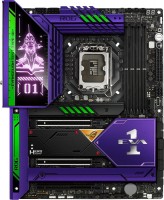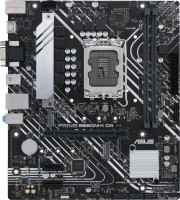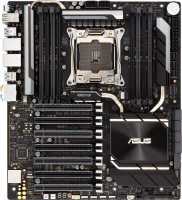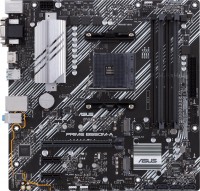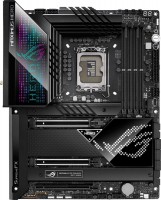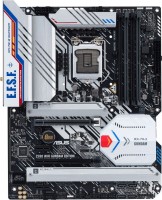Motherboards Asus series Prime (stability/durability)
prices on 89 modelsAsus Prime (stability/durability)
The Prime line occupies an intermediate place in the range of Asus motherboards. These models anticipate the requirements that are put forward for simple office "motherboards", but at the same time they are not as cool as the components in the TUF and ROG lines. Do you need a beautiful backlight, additional cooling or additional slots for RAM? Better look towards the ROG boards. Prime boards are rather designed for entry-level gaming PCs, which allow you to save money when assembling components, but at the same time provide high-quality and stable operation even during overclocking.
 |
The equipment of the Prime series is often an example of optimal savings, which does not promise any problems with connection in a few years. A typical set of slots and connections of a modern Asus Prime board includes four RAM slots with support for high-speed slats (in some cases up to 5000 MHz), several video outputs, a LAN port, a pack of SATA connectors and several PCI-E slots. Of the additional options, the radiator for the M slot is most often found.2 and support crossfire mode. Power subsystems are most often 8-phase.
Then it all depends on the specific model and the chipset it uses. For example, Asus Prime boards based on the low-cost Intel H410 chipset do not strive for stars from the word at all. Their functional set is limited to the above list, and their destiny is to work in the office. At the same time, there are enough much more advanced Prime boards on Z490 or B560 chips on the market. In terms of equipment and pricing, they are rather similar to the flagship ROG Strix: here you have an enhanced power subsystem, VRM cooling, and colorful illumination with connectors for connecting additional LED strips, and much more.

